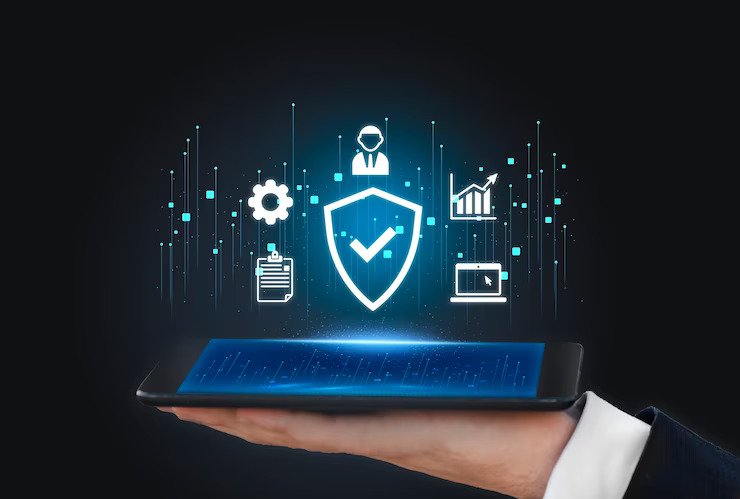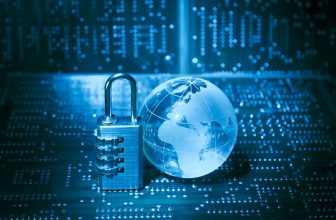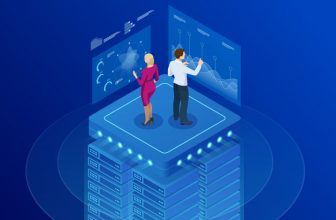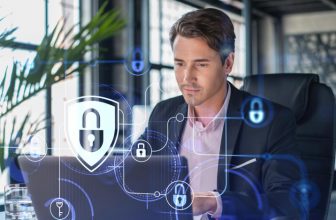
Irrespective of the size, cybersecurity is a crucial concern for all kinds of organizations in today’s digital landscape.
Since cyber threats are becoming more frequent and sophisticated, sensitive data, systems, and overall productivity face significant exposure risks. However, while cybersecurity is essential, it must be balanced with maintaining efficient workflows.
In this article, we discuss the delicate balance between cybersecurity and productivity and provide valuable insights into achieving optimal results.
Understanding the Impact of Cybersecurity on Productivity
When it comes to cybersecurity, there are various protection mechanisms such as firewalls, strong authentication, and encryption. Necessary as they are, these measures can occasionally cause trouble if not managed properly and impede productivity.
It is important to carefully assess the security measures versus user experience. Intricate passwords or multi-factor authentication may add extra steps and time to daily tasks, and this, if not implemented thoughtfully, can slow productivity down.
Access controls and permission settings often lead to reduced productivity and hinder collaboration among teams. This can make it challenging for teams to share information and freely collaborate.
Cybersecurity ought not to be taken lightly, increasing the security of systems requires system updates, patches, and occasional downtime for maintenance. Inasmuch as this is necessary, this can lead to temporarily disrupted workflows and productivity.
Implementing User-Friendly Security Measures
To achieve an optimum balance between cybersecurity and productivity, it’s essential to maintain both strong network security and a great user experience. Browsers like Sidekick can help you with productivity and data protection, and here are more tips to help you make this happen:
a) Education and Awareness: To promote safe internet use, invest in cybersecurity education and awareness programs for employees. This will help them understand potential risks and how to recognize and react to security threats. Informed users can make better security decisions without sacrificing productivity.
b) Simplify Authentication: Implement simplistic authentication methods that are still secure, such as single sign-on or biometric authentication, to make access more convenient while also maintaining high-level security.
c) Collaboration with Security Features: Collaboration platforms offer various security features that should not compromise usability. By providing secure file sharing, encrypted messaging, and granular access controls, the proper balance can be achieved.
Embracing Automation and Threat Intelligence
When it comes to cybersecurity and productivity, automation and threat intelligence are game changers.
There are a few techniques worth considering:
- Security Automation: Rather than rely on manual effort, consider implementing tools that can automate routine security tasks like incident response, patch management, and vulnerability scanning. This frees up more resources and improves the efficiency of work.
- Threat Intelligence and Monitoring: Use monitoring tools and threat intelligence services that keep you aware of emerging vulnerabilities, threats, and risks that could affect the safety of your system. By detecting these threats earlier, proactive monitoring leads to more timely responses and limits any productivity losses.
- Data Loss Prevention (DLP): Protect against data loss by utilizing DLP solutions. They help identify and stop unauthorized leakage or access to sensitive data. By using DLP tools, businesses can lower the risk of data breaches, safeguard confidential information, and reduce loss in productivity caused by insecure data handling.
Balancing Security and Efficiency in Remote Work
Remote work has come to stay, hence the need to have a balance between security and productivity is crucial. Here are some remote work-specific measures:
a) Making Remote access secure: Use Virtual Private Networks (VPNs) to establish a secure connection and enable efficient workflows. With VPNs, remote workers can get secure access to organizational networks while data protection is ensured.
b) Endpoint Security: Ensure that endpoint security solutions like antivirus software and firewalls safeguard devices used for remote work. Encryption should be used to safeguard sensitive data for device protection, even when accessed from different locations.
c) Collaboration Security Best Practices: Ensure that remote employees are following security best practices when using collaboration tools and sharing sensitive information. Secure file sharing, encrypted communication methods, and regular password updates are essential.
Conclusion
The digital world presents a challenge in balancing cybersecurity with productivity. It is imperative that institutions comprehend the impact of cybersecurity measures on productivity and opt for user-friendly security measures. Automation, threat intelligence utilization, and addressing the particular needs of remote work environments are essential among several measures an institution could take.
By striking a balance between cybersecurity and productivity, entities can protect their valuable digital assets, continue functioning productively, and thrive in the ever-evolving cyber world. Cybersecurity is not a one-time effort but an ongoing journey that requires vigilance, adaptability, and a commitment to productivity without compromising security.
Read Also:






